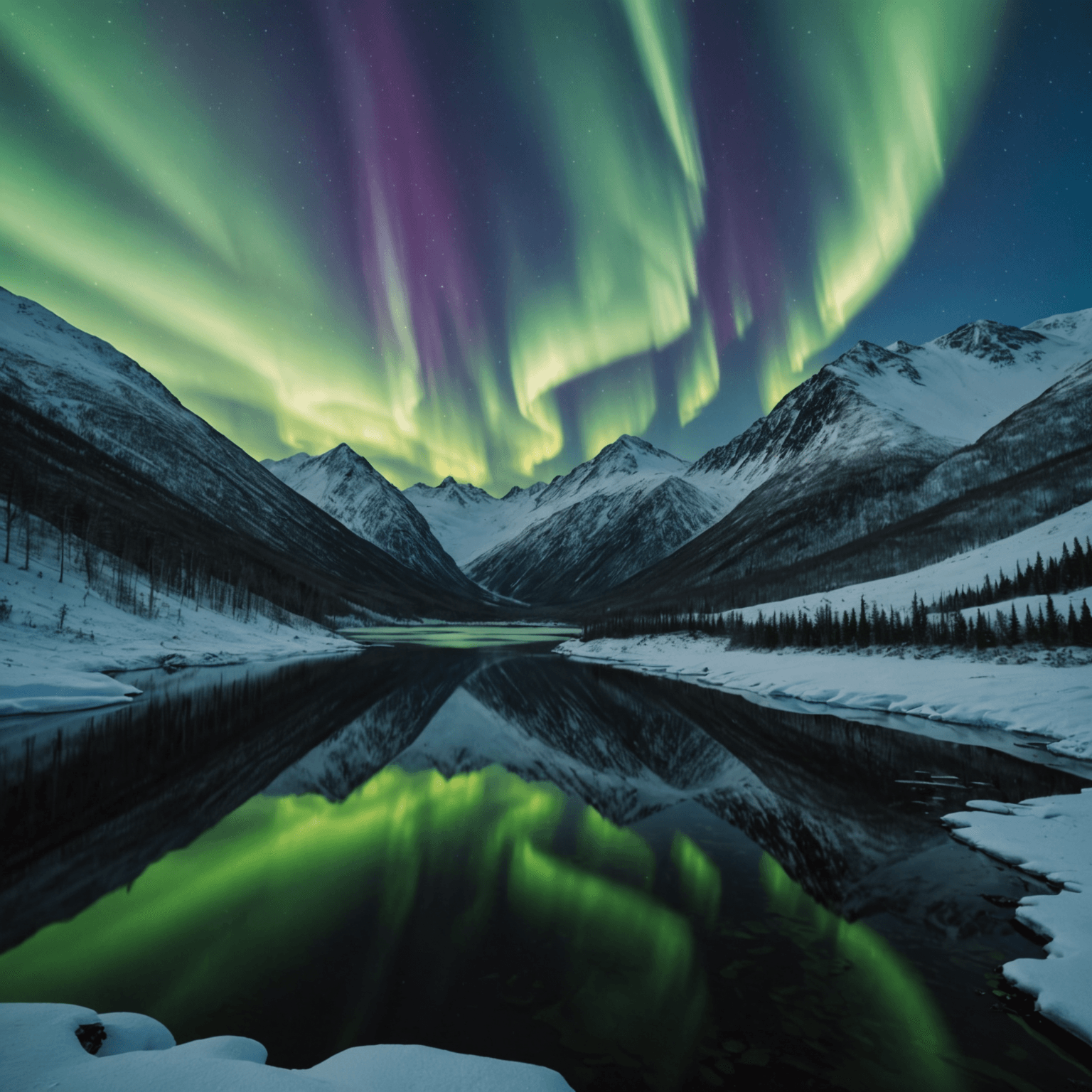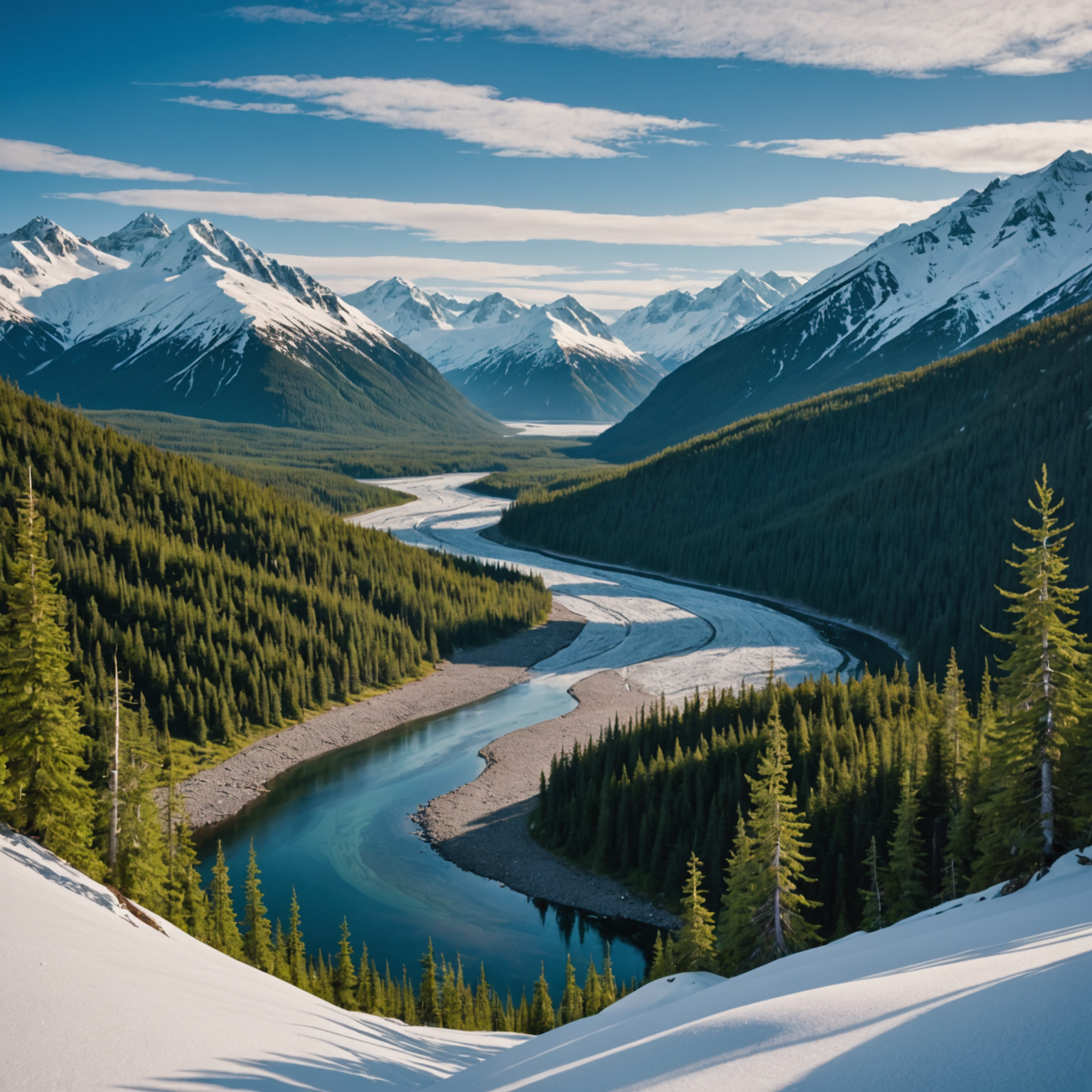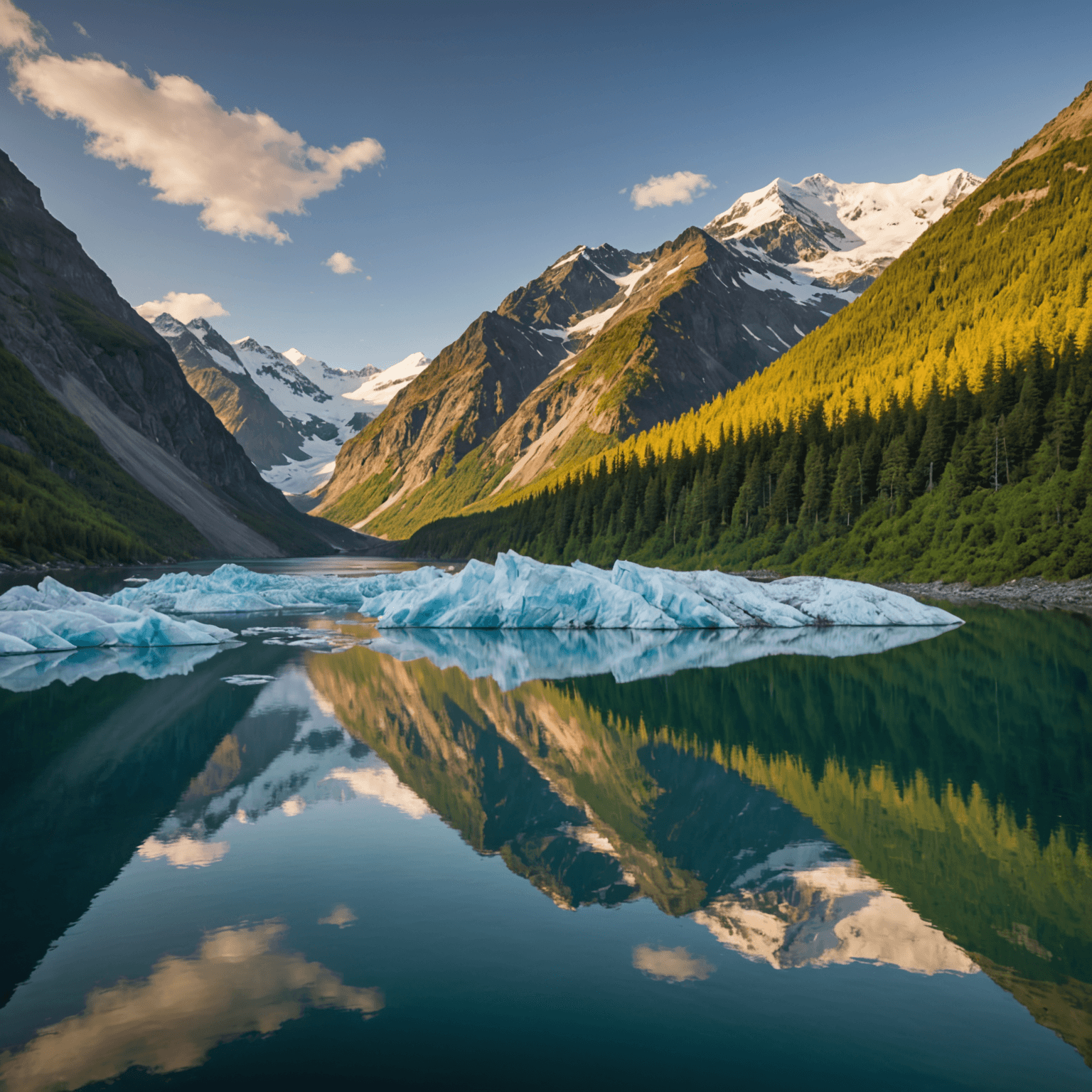Introduction
Alaska is one of the world’s most renowned destinations for viewing the Northern Lights, also known as the Aurora Borealis. This natural light display is a captivating spectacle of color and movement that occurs when electrically charged particles from the sun collide with gases in Earth’s atmosphere. If you’re planning a trip to Alaska with the hopes of witnessing this awe-inspiring phenomenon, you might be wondering where the best place to experience Northern Lights is. Look no further than Hatcher Pass. Located just a short drive from Anchorage, Hatcher Pass offers not only a prime vantage point for viewing the Northern Lights but also an array of outdoor adventures and scenic beauty.
Why Hatcher Pass is Ideal for Northern Lights Viewing
Location and Accessibility
Hatcher Pass is conveniently located within the Matanuska-Susitna Valley, approximately 60 miles north of Anchorage. This makes it easily accessible for those staying in Alaska’s largest city. The drive from Anchorage to Hatcher Pass is scenic, taking you through sprawling landscapes and providing glimpses of Alaska’s natural beauty. For those interested in making the most of their time in Anchorage, consider exploring the best day trips from Anchorage.
Elevation and Darkness
One of the key factors that make Hatcher Pass an ideal spot for viewing the Northern Lights is its elevation. Located at over 3,000 feet above sea level, the pass offers a higher vantage point, reducing light pollution and providing a clearer view of the sky. The darkness of Hatcher Pass enhances the visibility of the Northern Lights, ensuring that even the faintest auroras are visible to the naked eye.

Weather Conditions
Hatcher Pass benefits from favorable weather patterns that contribute to clear skies on many nights. This increases the likelihood of witnessing a spectacular aurora display. Checking the aurora forecast is a good way to plan your viewing, as it provides up-to-date information on geomagnetic activity.
What to Expect on Your Visit
Best Time to Visit
The Northern Lights are typically visible in Alaska from late August to April, with the peak months being between December and March. During these months, the nights are longest, creating more opportunities for viewing. Ensure to dress warmly, as temperatures can drop significantly at night. For more information on what to expect during an Alaskan winter, visit how cold does it get in Alaska each season?.
Activities at Hatcher Pass
Beyond the Northern Lights, Hatcher Pass offers a range of activities that make it a worthwhile destination. In the winter, the area is popular for skiing, snowboarding, and snowshoeing, while summer months invite hiking and biking. For those interested in unique Alaskan experiences, consider joining a mush tour or exploring the area on an e-bike tour.

Safety Considerations
When visiting Hatcher Pass, it’s important to be mindful of safety, especially during winter months when conditions can be harsh. Ensure your vehicle is equipped for winter driving and check road conditions through Alaska’s 511 Travel Information. Always let someone know your plans and expected return time. For safety tips specific to winter activities, consult the Chugach National Forest Avalanche Information Center.
Conclusion
Hatcher Pass stands out as one of the best places to experience the Northern Lights in Alaska. Its accessibility from Anchorage, combined with its high elevation and clear skies, make it an ideal spot for aurora viewing. Whether you’re drawn to its natural beauty, the various outdoor activities, or simply the chance to witness one of nature’s most dazzling displays, Hatcher Pass offers an unforgettable experience.
FAQ
What is the best time of year to see the Northern Lights in Alaska?
The best time to view the Northern Lights in Alaska is from late August to April, with the peak months being December to March.
How can I check the Northern Lights forecast for Hatcher Pass?
You can check the aurora forecast through the Geophysical Institute’s Aurora Forecast or the NOAA Space Weather Prediction Center.
What should I wear when visiting Hatcher Pass in winter?
Dress in layers with a focus on warmth and wind protection. Include a heavy coat, insulated pants, gloves, and a hat. For more information on winter clothing, see how cold does it get in Alaska each season?.
Are there guided tours available at Hatcher Pass?
Yes, there are guided tours available, including mush tours and e-bike adventures that offer unique ways to explore the area.
Is it necessary to book accommodations near Hatcher Pass?
While it’s not necessary, staying nearby can enhance your experience by allowing you to spend more time exploring and increasing your chances of catching the Northern Lights.
What other activities can I enjoy at Hatcher Pass?
In addition to Northern Lights viewing, you can enjoy skiing, snowboarding, and snowshoeing in winter, or hiking and biking in summer. Discover more activities through Travel Alaska.
How can I ensure a safe visit to Hatcher Pass?
Check weather and road conditions before your trip, ensure your vehicle is winter-ready, and inform someone of your plans. For road updates, visit Alaska’s 511 Travel Information.


